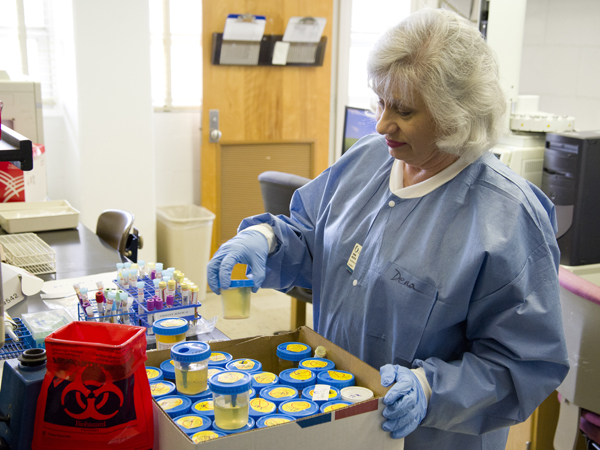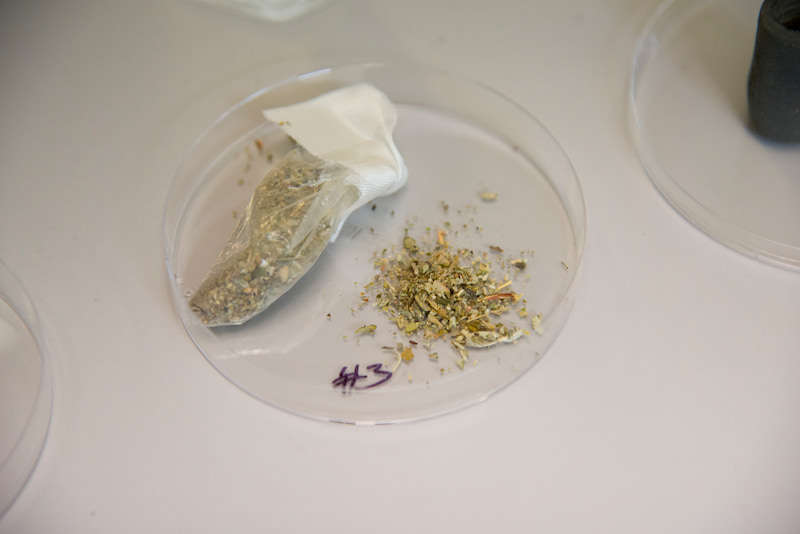CSI: UMMC - Toxicologists ID'ing over-spiced drug compounds

As the state struggles to get a grip on residents sickened by synthetic drugs often called "spice," officials at the University of Mississippi Medical Center are doing more than treating some of these patients - they're helping identify the chemicals that are causing the overdoses.
After roughly 200 spice-related emergency room visits across the state - with many patients seen at UMMC - university toxicologists have been working with law enforcement agencies to analyze the composition of the spice in hopes to determine what is making the users sick and potentially where the drugs could have been made.
This is being done by looking at bloodwork and urine samples of patients from around the state, said Dr. Patrick Kyle, director of Clinical Chemistry and Toxicology at UMMC. The lab also has some spice products that were confiscated from patients treated at UMMC's emergency department over the last few weeks.
Mass spectrometry, the gold standard in drug detection and analysis, said Kyle, is being conducted at UMMC labs. "We're on call 24/7, weekends, holidays," he said of the toxicology department's willingness to work with local, state and federal authorities to test compounds.

Working with four toxicology lab techs who are specifically focusing on the confiscated spice along with the patients' samples, Kyle said a synthetic cannabinoid variant called CHMINACA appears to be present in the drugs tested at UMMC.
Synthetic cannabinoids are meant to recreate the effects of THC, the active component in marijuana, but some have potencies up to 10 times that of the natural drug, said Kyle.
"These are chemicals, usually in liquid form that people will dip their cigarettes or their potpourri in," explained Kyle. "Or it could be sprayed on marijuana or any leafy substance before it is smoked.
"The synthetic chemist doesn't care what drug he's putting in the packages. He just wants to sell it," Kyle said of the drug-makers. "Some of these compounds - and there are about 300 that I am aware of that are similar to THC - are often more potent than the THC you'll find in marijuana."

Kyle said the current spice outbreak is one of the worst he's seen in the last two years across the nation.
Since April 2, the Mississippi State Department of Health has recorded spice overdose outbreaks in 23 Mississippi counties.
The individuals sickened by the drug have been tracked by the Mississippi Regional Poison Control Center since the first cases came in, state Department of Health officials say. The drug "causes very significant adverse health consequences involving emergency care and hospitalization," said Dr. Robert Galli, a professor in UMMC's Department of Emergency Medicine.
Dr. Alan Jones, chair of UMMC's Emergency Department, said health officials at the Medical Center are cooperating with the Mississippi Bureau of Narcotics and the U.S. Drug Enforcement Agency.


